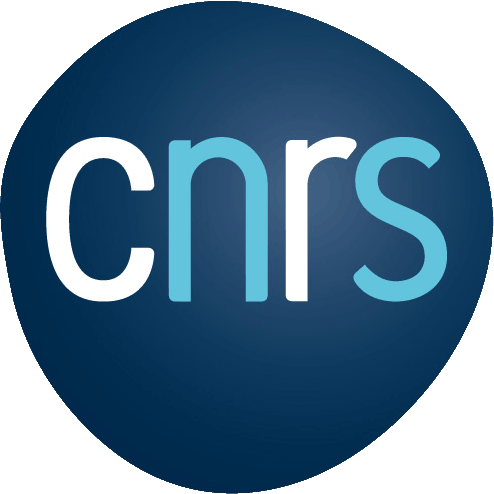Offre en lien avec l’Action/le Réseau : – — –/Doctorants
Laboratoire/Entreprise : CRAN-Université de Lorraine
Durée : 36 mois
Contact : marianne.clausel@univ-lorraine.fr
Date limite de publication : 2025-02-01
Contexte :
Causality and more generally eXplainable AI (XAI) is one of the hot current topics of the AI scientific community, with many applications in medicine, material sciences, environment, marketing…
.
We invite for applications for a PhD thesis position within the CAUSALI-T-AI project of PEPR IA project funded by the ANR (2023-2029) about generative AI for causality (more details below). The thesis will take place in the Simul Research Group of Centre de Recherche en Automatique de Nancy. International scientific collaborations with US can also be planned. We have strong connections with T. Adali’s research group who is the scientific leader of the Machine Learning for Signal Processing Laboratory in the University of Maryland (Baltimore, USA)
Sujet :
In machine learning, generative models allow one to model the probabilistic behavior of a wide range of physical systems, including applications in finance, medical imaging, climate science, among others. They allow one to perform tasks, including generating new data, but also the inference of latent (unobserved) quantities (e.g., the presence or not of a disease) and to solve other tasks such as time-series forecasting.
Recent advances in generative models have been strongly supported by advances in the field of deep neural networks, leading to great experimental performance. However, they also suffer from one of the main shortcomings of deep learning methods, namely, the theoretical understanding of their behavior which is still an open question (e.g., uniqueness of representations, approximation capability, generalization, etc.).
Such theoretical guarantees are very important for generative models when they are used for inference tasks: in applications such as in medicine, it is crucial to know that a representation learned by the model is unique or stable. Moreover, on the one hand, models that are unique such as (nonlinear) structural equation models (SEMs) can reveal the causal mechanisms of the underlying physical system. On the other hand, such results also guarantee that statistical inference or forecasting results will not suffer significant changes (which could change the result of a diagnostic) due to, e.g., different choices of initializations in an optimization algorithm, or small changes in selected hyperparameters. Discovering a unique generative model in the presence of unobserved latent factors of variation is also a cornerstone of other aspects of causal reasoning, as it is useful in the computation of counterfactuals.
The general goal of this project is to solve practical statistical inference tasks using generative models while:
1) from a modeling perspective, addressing some nonidealities in the data, such as nonstationariety, or differences between statistical distributions or acquisition conditions of different measurements (e.g., precipitation data acquired over different geographical locations, medical data from different groups of subjects, etc.),
2) from an algorithmic perspective, developing solutions that take those nonidealities into account and can provide better results when such conditions are met in practice, and 3) studying the theoretical properties of the models in a general context, including, for instance, uniqueness, stability and approximation capabilty, investigating different hypothesis that can support such results and also some choices related to the algorithm (e.g., what properties weight matrices in rank neural networks need to satisfy, what do we need to assume about the distribution of the data, etc.)
Profil du candidat :
Master Student in Computer Science/Machine Learning or Applied Math
Formation et compétences requises :
machine learning-data science
Adresse d’emploi :
Simul Research Group @ CRAN
Faculté des Sciences et Technologies
Campus, Boulevard des Aiguillettes
54506 Vandœuvre-lès-Nancy
Website : https://cran-simul.github.io/
Document attaché : 202411011605_GenAI-Causality.pdf

